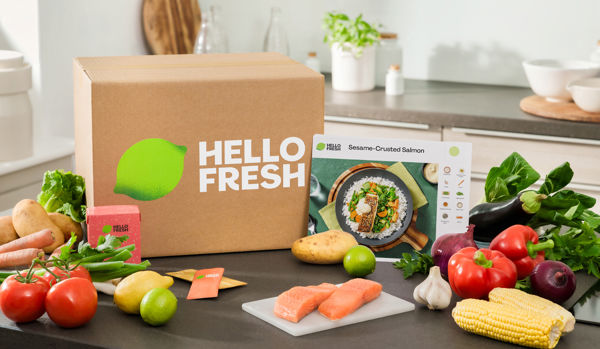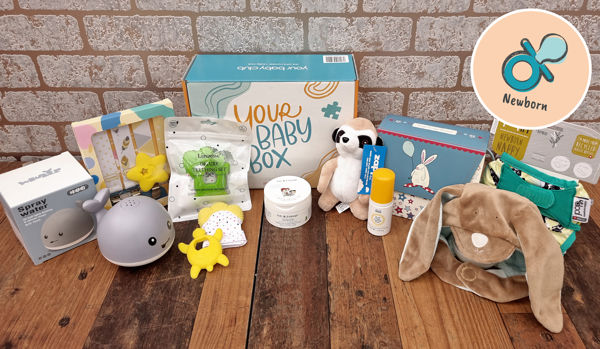When breastfeeding, sometimes it becomes preference to express (pump) your milk in order to supplement feeding, or to allow your partner to take some of those never-ending night shifts with baby. Expressing can either be done by hand or by using a manual or electric breast pump. How often, how much and for how long you express, will depend on you.
Reasons to Express
- Social freedom - if you need to leave baby for a short time or if you are returning to work.
- Engorged breasts - you feel your breasts are uncomfortably full.
- Poor latch.
- Sharing feeds - your partner may want to help with feeding.
- Boost milk supply.
It may take a few days or even weeks for your milk to come in or flow steadily. Feeding baby as often as possible can help with this. Choose a time when you are calm and relaxed and have a bit of time on your hands to start. Sometimes, expressing in the morning can be easier when your breasts are fuller. If you're wanting to express regularly, try to do so consistently.
Hand Expressing
Expressing your milk by hand in the early days before your milk fully comes in, means you don’t need to buy or borrow a pump straight away. It allows you to target a particular part of the breast which can be handy if one of your milk ducts is blocked. You can catch the milk with a sterilised bottle or container as it flows. However, it may be quite a task to hand express if you're wanting to do this long-term, by which point, you can move onto a pump - manual or electric.
Step by Step:
- Wash your hands with soap and warm water.
- Gently massage your breasts to help your milk flow
- Hold your breast with one hand and form a 'C' shape with the thumb and forefinger on the outside of your areola with your opposite hand, to target the milk ducts.
- Begin squeezing forward gently. Avoid squeezing your nipple directly. This shouldn't hurt.
- Release and repeat, moving your hand around your breast to target all your milk ducts.
Your milk should start to flow slowly like a dribble at first, then like a weak tap. If no droplets appear, adjust your finger positioning. When the flow slows from one breast, it’s time to start on the other. Alternate breasts until no more milk is coming out.
Expressing With a Pump
There are manual (hand-operated) and electric breast pumps available, as well as single and double pumps. Which one you buy is totally personal preference. Some are louder than others and some require more equipment, so shop around and find the best one that suits your needs. If you do not want to buy one, you can also hire them.
With some electric pumps, the suction strength can be altered, so take it slowly working your way up through these settings. It’s not advisable to whack the strength up high straight away, as it can damage your nipple and ducts. You’ll also need to find the right size funnel to fit your nipples. As we all know, nipples come in all shapes and sizes! A pump should never cause you bruising and should always be sterilised before use.
Storing Breast Milk
Storing breast milk allows you to feed your baby from a bottle and allows your partner or another caregiver to do the same. You can store breast milk in special breast milk storage bags or sterilised containers which take up little space and are cheap to buy.
Shelf Life
- Fridges - 5 days at 4°C or lower.
- Ice compartments - 2 weeks.
- Freezers - 6 months.
- Coolers with ice packs - 24 hours after being cooled in the fridge.
Storing small quantities will help to avoid waste. Remember to label and date your milk if you're freezing it, so you know how long you have left to use it. Once served, it should be consumed within an hour and any remaining in the bottle should be thrown away. Do not refrigerate milk that has already been drunk from.
Defrosting Frozen Breast Milk
Frozen breast milk is still good for your baby and is easily defrosted in the fridge. You can also defrost it quickly by placing the container in warm water or holding it under a running tap. Once defrosted, use immediately and do not re-freeze.
Heating Breast Milk
Some babies prefer warm milk, as it would come out of your breast, so you can warm the milk by placing it in warm water, the same way you’d defrost a frozen bag.
Never microwave breast milk as it can cause hot spots which can burn your baby.
Donating Surplus Milk
If your milk supply produces more milk than your baby can drink, it can be a lovely idea to donate your surplus milk to neonatal units and premature babies across the country where their mothers’ milk hasn’t come in yet or are unable to breastfeed.
The nutrients in breast milk are perfect for NICU babies to help them grow strong.
Charities such as UKAMB have been set up to provide milk banks where new mothers can take their bagged milk and help save a life. Check out their website to find out where your nearest milk bank is and how to store your milk ready for donation.
Having Difficulty Expressing?
Like with breastfeeding, expressing can take some time to get the hang of. However, if you are finding breastfeeding difficult, or it's unusually uncomfortable to express, talk to your health visitor as they will be able to help.
Breastfeeding can be a wonderful part of being a new parent but it is often not without its challenges. Want to know when it gets easier? Click here for support from our Honest Midwife.







